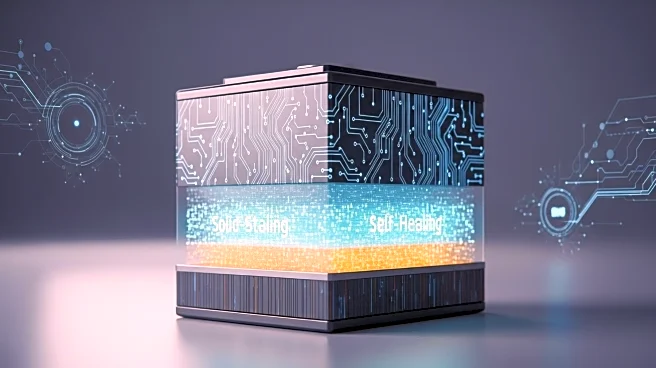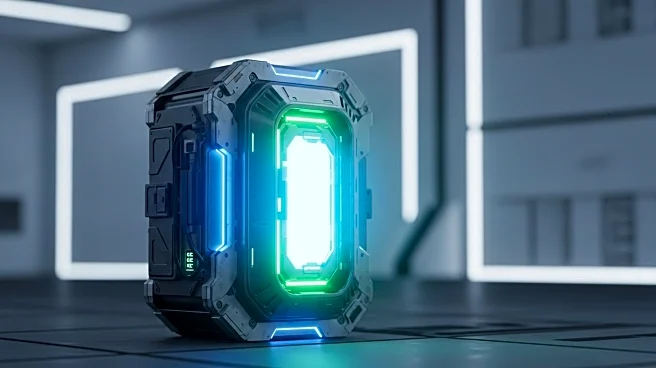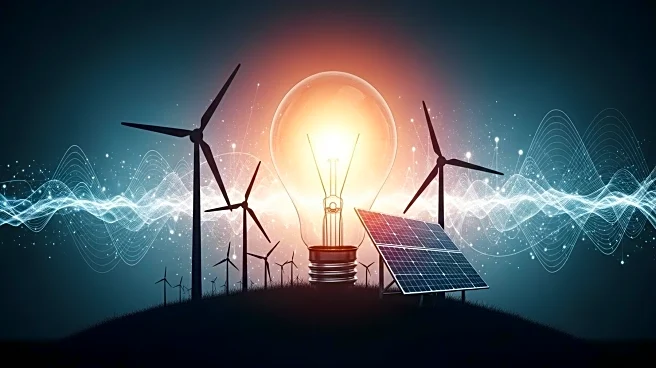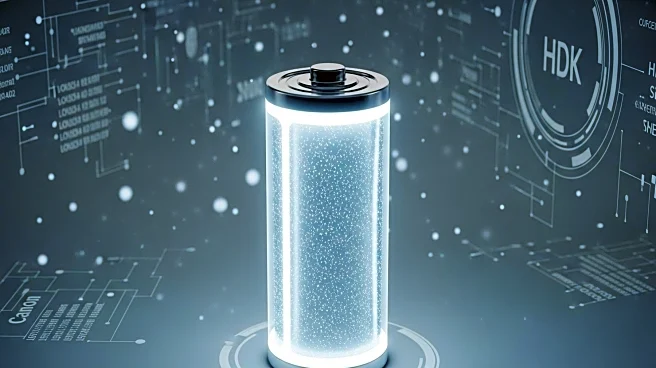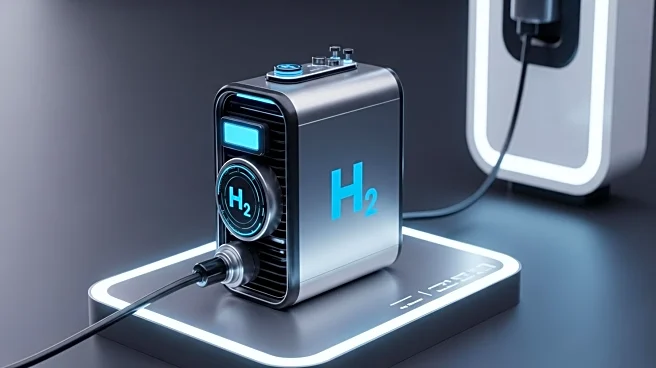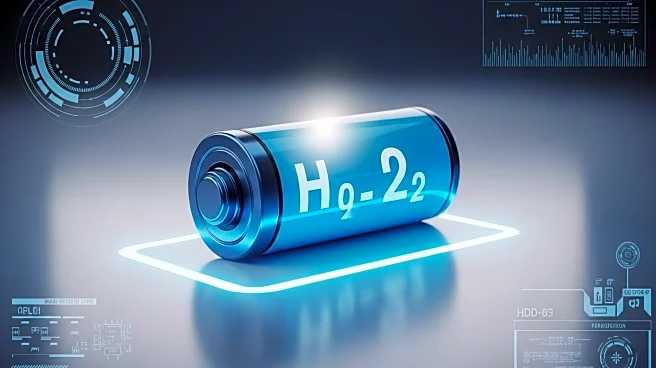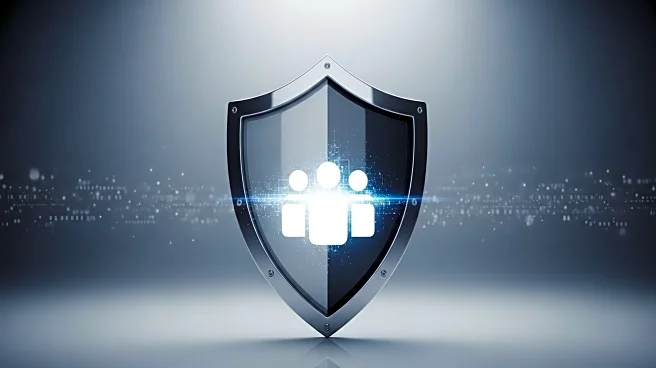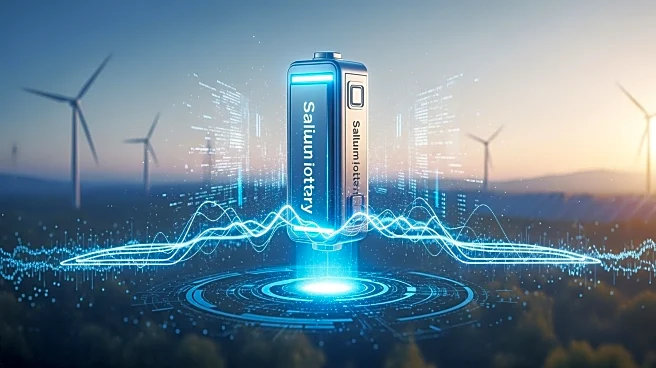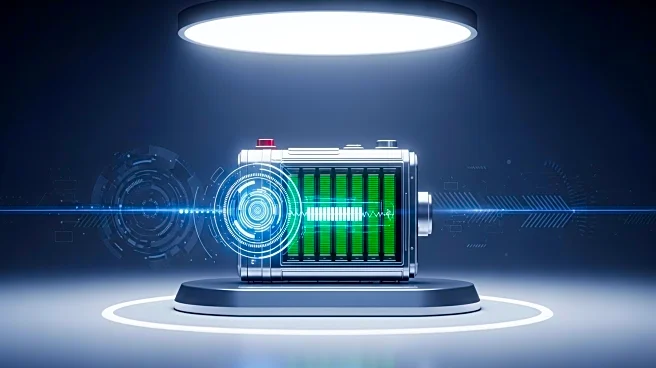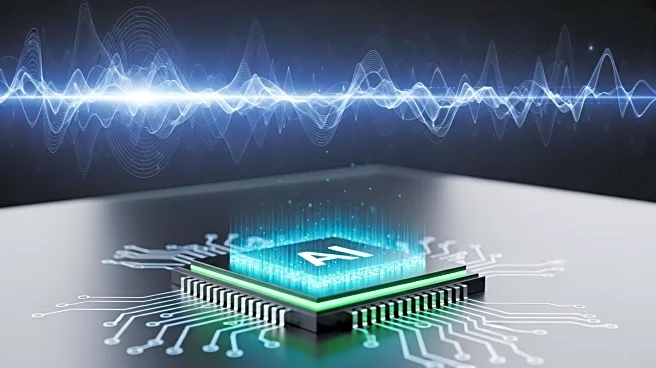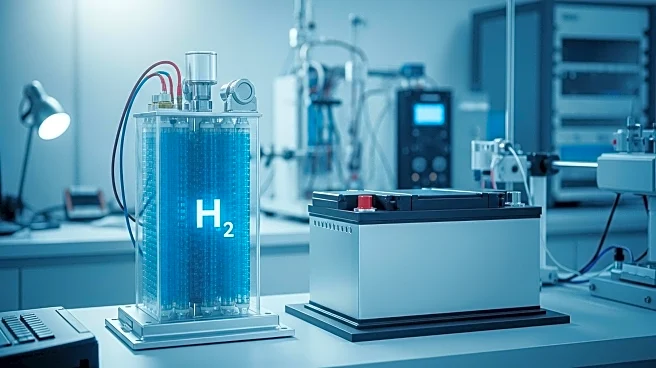What is the story about?
What's Happening?
Researchers from the Chinese Academy of Sciences have introduced a self-healing layer called Dynamically Adaptive Interphase (DAI) to improve the performance and safety of all-solid-state lithium metal batteries (ASSLMBs). These batteries, which replace flammable liquid electrolytes with non-flammable solid materials, are designed to power electric vehicles and renewable energy grids. The DAI layer addresses a critical flaw in ASSLMBs, where repeated charging and discharging create gaps between the solid lithium metal anode and the solid electrolyte, leading to battery degradation. The DAI layer introduces mobile iodide ions into the solid electrolyte, filling any gaps and maintaining connectivity without the need for high external pressure. Laboratory tests showed that full battery cells retained over 90% of their energy capacity after 2,400 cycles, and pouch cells maintained 74.4% capacity after 300 cycles without external pressure.
Why It's Important?
The development of the DAI layer represents a significant advancement in battery technology, potentially leading to safer and more sustainable energy storage solutions. This innovation could extend the lifespan of batteries used in electric vehicles, enhancing their range and reliability. Additionally, the technology could simplify manufacturing processes by eliminating the need for high-pressure systems, making large-scale production more cost-effective. The ability to maintain battery performance over numerous cycles without degradation is crucial for the widespread adoption of electric vehicles and renewable energy systems, which rely on efficient and durable energy storage solutions.
What's Next?
While the DAI technology is still in its early stages, its successful implementation could revolutionize solid-state battery design. Researchers aim to scale up the technology for practical use in current energy networks, potentially accelerating the transition to high-energy and sustainable electrochemical storage systems. The next steps involve further development and testing to ensure the technology can be integrated into commercial battery production. Stakeholders in the automotive and renewable energy industries may closely monitor these advancements, as they could significantly impact future product offerings and energy solutions.
Beyond the Headlines
The introduction of self-healing technology in batteries could have broader implications for energy storage and sustainability. By reducing the need for complex pressure systems, the DAI layer may lower production costs and environmental impact, contributing to greener manufacturing practices. Additionally, the enhanced safety features could mitigate risks associated with battery fires, improving consumer confidence in electric vehicles and other battery-powered devices. This development may also influence regulatory standards for battery safety and performance, prompting updates to industry guidelines.
AI Generated Content
Do you find this article useful?
